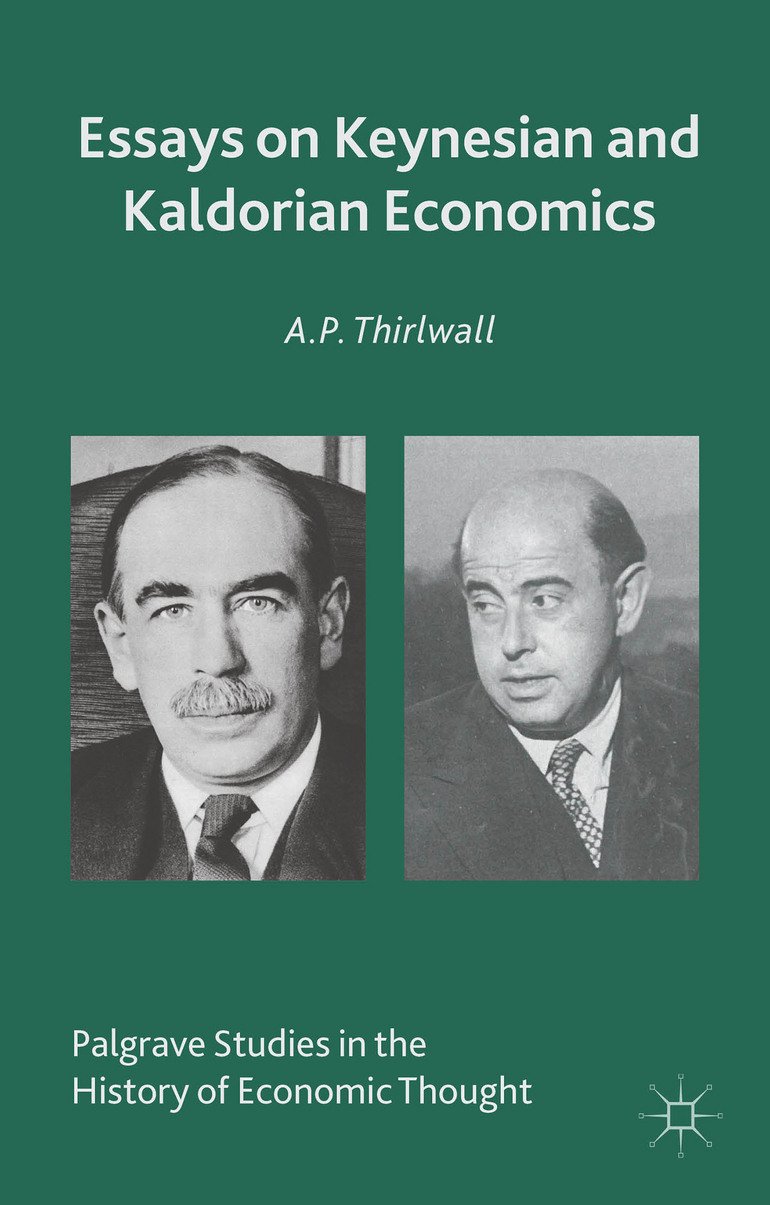Dani Rodrik — Globalization’s Wrong Turn And How It Hurt America
Some comments on globalisation by Bill Clinton and Tony Blair caught my attention in a recent article by Dani Rodrik for Foreign Affairs:
Globalization, exclaimed U.S. President Bill Clinton, “is the economic equivalent of a force of nature, like wind or water.” British Prime Minister Tony Blair mocked those who wanted to “debate globalization,” saying, “you might as well debate whether autumn should follow summer.”
Rodrik’s article takes issue with this, explaining how globalisation’s rules of the game aren’t immutable by going through its history.
As Noam Chomsky says, the term globalisation has been appropriated by a narrow sector of power and privilege to refer to their version of international integration and it makes sense for them to own the term because anyone who is opposed to their version becomes anti-globalisation—someone who is primitive and wants to go back to the stone age and that everyone likes international integration but not the investor rights version of it.
Although Rodrik proposes changes to the system/order, his proposals aren’t radical enough. He also presents it as if before neoliberalism became mainstream, it was great for poor countries but this isn’t the case. It was always unfair but became more unfair in the neoliberal era. Anyways, worth a read.



